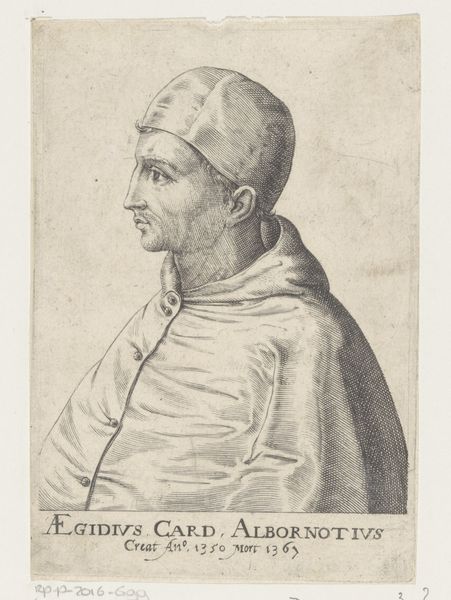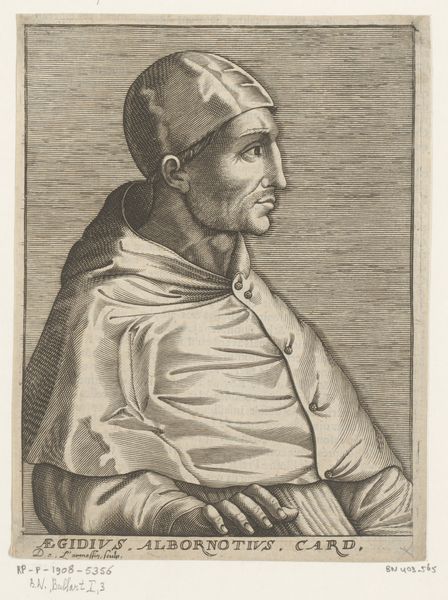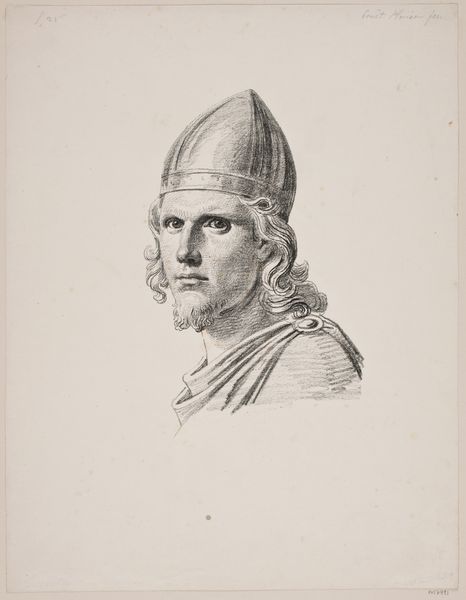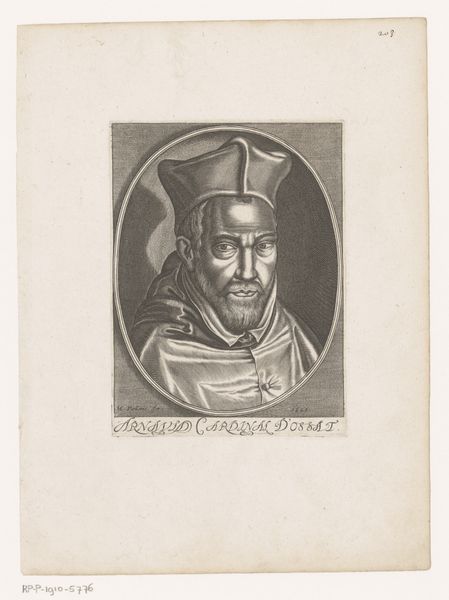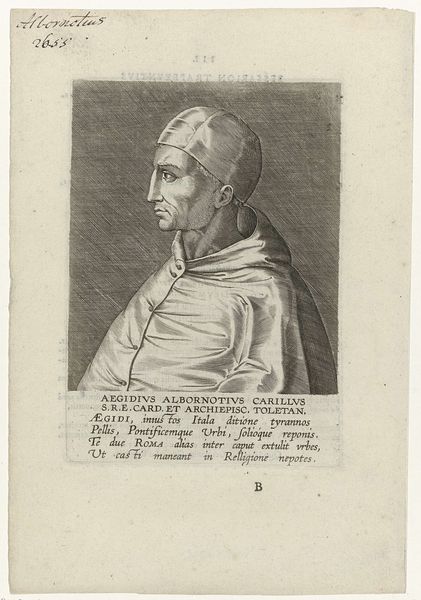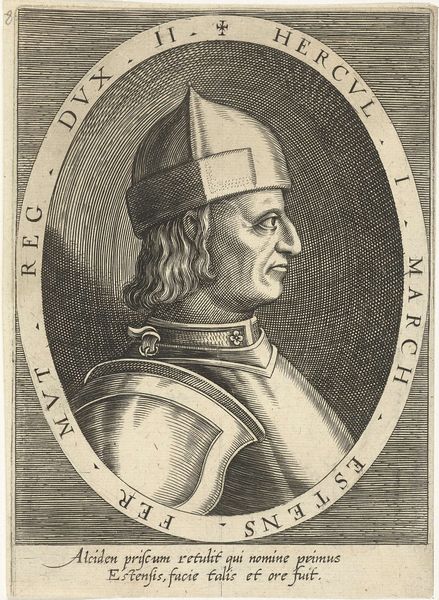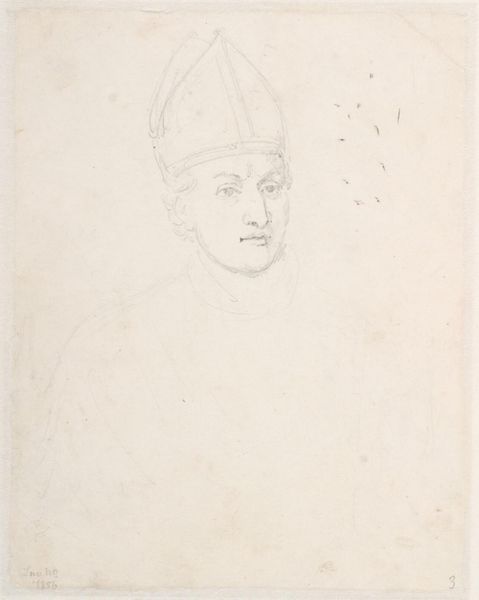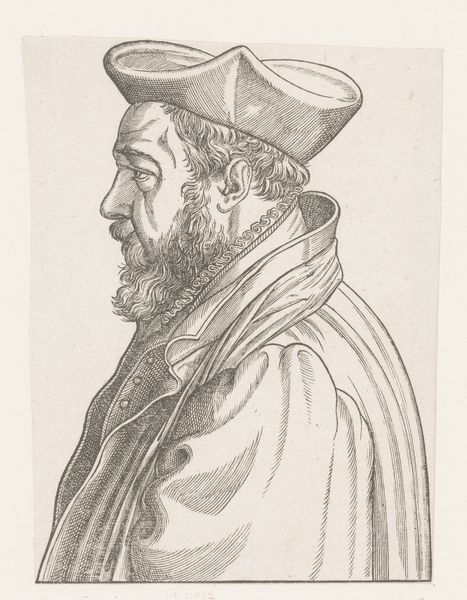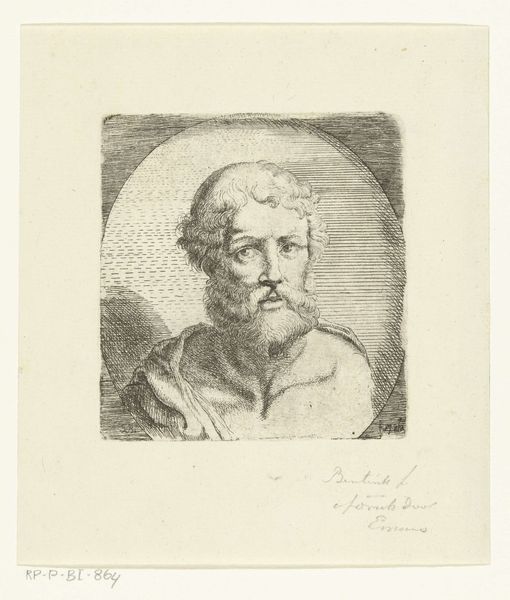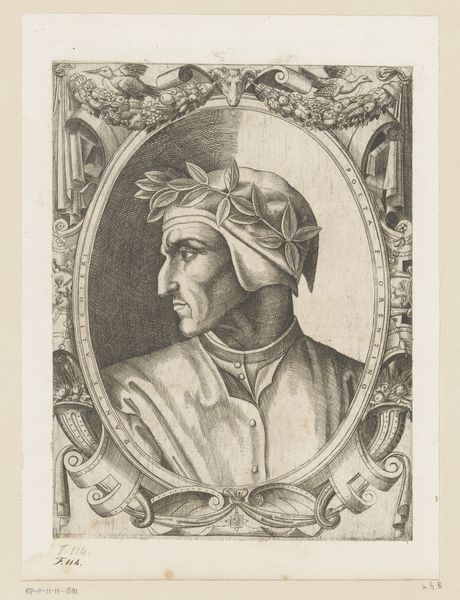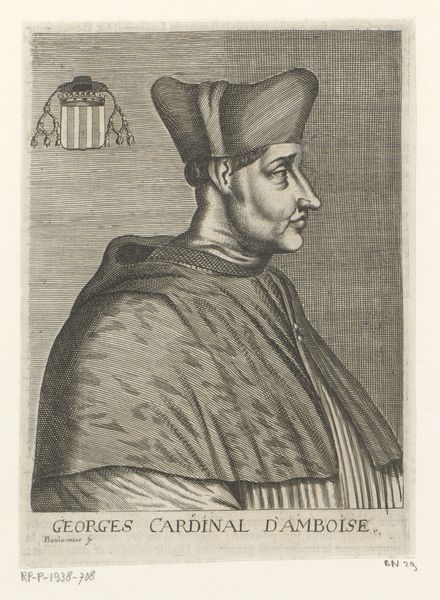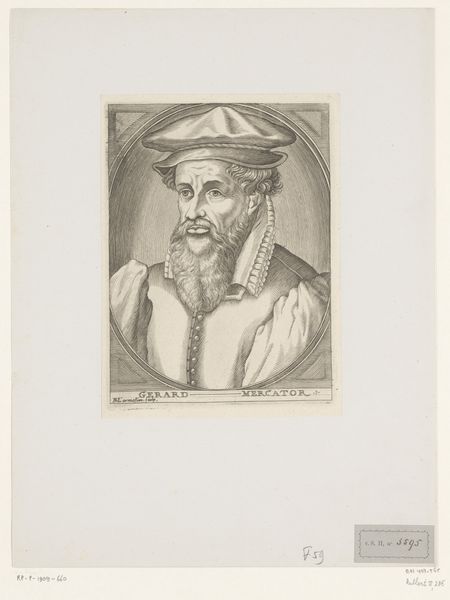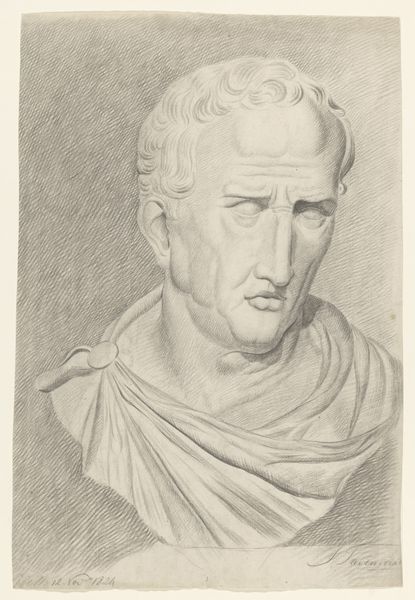
drawing, pencil, graphite
#
portrait
#
drawing
#
neoclassicism
#
pencil sketch
#
pencil drawing
#
pencil
#
graphite
#
portrait drawing
#
academic-art
#
portrait art
Dimensions: height 472 mm, width 340 mm
Copyright: Rijks Museum: Open Domain
Johannes Tavenraat made this drawing of a plaster cast sculpture in 1826, using graphite on paper. Tavenraat's choice of graphite allows for a wide range of tonal values, creating the illusion of three-dimensionality on a two-dimensional surface. The even, smooth paper enhances this effect, providing a receptive ground for the artist's delicate lines and subtle gradations of shading. The use of plaster as a sculptural material reflects its affordability and suitability for reproduction, making classical art accessible to a wider audience. Plaster casts became popular educational tools, used in art academies to train students in the principles of classical sculpture and anatomy. Drawing plaster casts was a fundamental part of artistic training in the 19th century, offering students a means of understanding form, light, and shadow. Tavenraat's skillful rendering captures the texture and surface of the plaster, emphasizing the material's capacity to mimic the appearance of marble or bronze. Understanding the processes of both drawing and sculpture encourages us to question traditional hierarchies between art and craft.
Comments
No comments
Be the first to comment and join the conversation on the ultimate creative platform.
